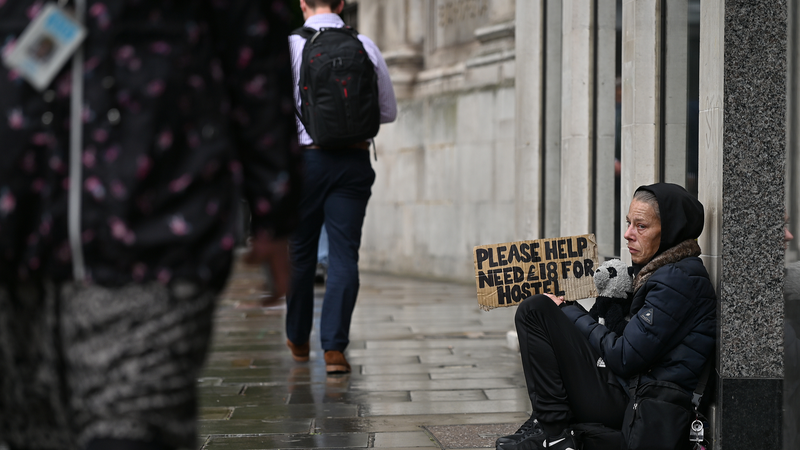In a sign that the post-pandemic job boom is cooling, the UK’s unemployment rate rose to 4.7% in the second quarter – a four-year peak – according to official data released this week.
The Office for National Statistics (ONS) reported a 5.8% drop in job vacancies between May and July, taking the total to 718,000. Declines were broad-based across 16 of the 18 monitored industries, with arts, entertainment and recreation leading the slide at –17.6%.
Payroll data showed 149,000 fewer employees in June compared with a year earlier, and early estimates for July pegged total payrolled jobs at around 30.3 million. “The UK’s post-pandemic labor market was red hot. But that period is officially over… the labor market is loose and getting looser,” said Hannah Slaughter, senior economist at the Resolution Foundation.
Retail and hospitality saw the largest job losses, driven by a weak economy, rising minimum wages and higher employer costs, according to Stephen Evans, chief executive of the Learning and Work Institute. Persistent wage growth – holding steady at 5% excluding bonuses – has also added to pressures on both businesses and prices.
Global uncertainties and U.S. tariffs are further dampening hiring plans, experts say. Matthew Percival, director of future work and skills at the Confederation of British Industry, warned that firms are cautious about taking on new staff while tariffs on automotive goods rose from 2.5% to 10%. “This squeeze has hit major exporters like Jaguar Land Rover, which has announced 500 job cuts,” noted University of Birmingham professor David Bailey.
With higher employment taxes and lingering policy uncertainty, economists from the University of Leeds caution that the combined strains risk slowing growth and deepening labor market slack if measures to boost business confidence and trade remain out of reach.
Reference(s):
UK's unemployment hits 4-year high amid U.S. tariff pressure
cgtn.com



